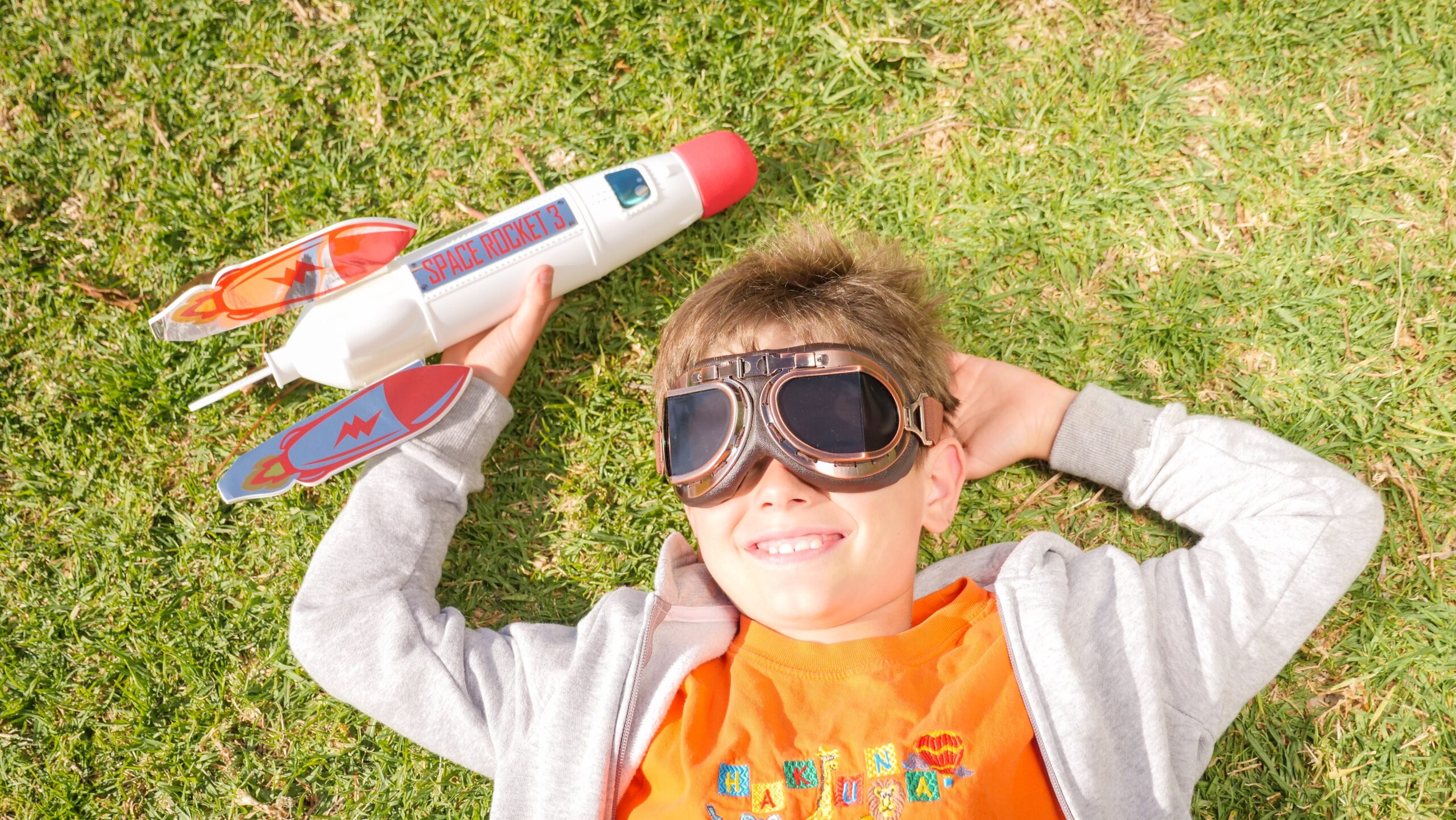[program1,2] Guide to Basic Components
You Need to Know for Rocket Launch
Components and Simple Procedure for Building a Basic Rocket
Command Pod – A fundamental control center capable of accommodating astronauts.
Recovery System – A recovery system, such as a parachute, helps the rocket safely land when returning to the atmosphere.
Engine – An engine… No need for further explanation, right? It’s advisable to start with a simple engine.
[Link] Here is a video of Kerbal Space Program 2 that I enjoy watching.
Command Pod Placement, Add Recovery System – Place the basic command pod on top of the vehicle at the beginning of the game, and add a recovery system (e.g., parachute) to assist in a safe landing when returning to the atmosphere.
Add Propulsion – Attach a simple propulsion system to the bottom of the vehicle to enable launch.
Add Fuel Tank – Include a fuel tank connected to the propulsion system to supply fuel.
Resource and Fuel Management – Check fuel levels before launching, and if necessary, add extra fuel to the resource tank.
Launch, Landing – Once the launch preparations are complete, initiate the vehicle launch. After gaining altitude, activate the recovery system to ensure a safe landing.
Through this simple process, you can create something basic, and by utilizing this foundation, you can gain experience and design more complex structures.

The Command Pod, Recovery System, Rocket Engine, and Fuel Tank are essential components needed to create a basic rocket. These are core elements required for performing basic spaceflight, ensuring a safe launch and landing. By appropriately combining and abundantly producing these components, you can understand the roles of each part and discover ways to enhance the basic elements, leveraging that knowledge to create something even better.
There are various ways to utilize a fundamental spacecraft.
Atmospheric Entry Experiment – Launch the spacecraft and enter the atmosphere to gain experience in thermodynamics and landing.
Mission Variety – Utilize it for various missions provided in the game, such as reaching specific altitudes or sending astronauts to particular locations, performing diverse tasks.
Resource Collection and Exploration – Perform missions using the spacecraft to collect resources or explore other planets and moons, allowing exploration of new areas and securing in-game resources.
Enhance Spaceflight Skills – Improve spaceflight skills by repeatedly practicing spacecraft control and landing, gradually increasing difficulty.
Unlock New Parts and Technologies – Conduct scientific research in the game using the basic spacecraft and unlock new parts and technologies, enabling the design of more powerful elements.
Satellite Deployment – Use the basic spacecraft to deploy satellites into orbit for communication, science, or navigation purposes.
Space Station Construction – Extend the use of the basic spacecraft for assembling components in orbit to construct a space station.
A basic spacecraft serves as a starting point for various activities in the game, allowing players to accumulate experience and design more sophisticated spacecraft capable of reaching greater distances.
Kerbal Space Program 1 and 2 are evaluated as spaceflight simulation games based on scientific accuracy and creativity. The games allow players to undertake various space missions, design rockets, and experience spaceflight.
Pros:
- Scientific Accuracy: The games simulate the scientific aspects of rockets and spaceflight well, basing them on realistic physics and aerospace engineering principles.
- Free Exploration: Players can freely explore various planets, moons, and stars, experiencing open-space travel and landing on different celestial bodies.
- Spaceship Design: Emphasizing a creative aspect, the games allow players to design spacecraft using various components and systems, learning through experimentation and failure.
- Mod Support: The game community actively develops various mods and expansions, enabling players to add new features and devices to expand their gaming experience.
Cons:
- Steep Learning Curve: Due to its foundation in scientific accuracy, the game may pose a steep learning curve for beginners.
- Graphics and Performance: Some graphics and performance issues were present in the initial versions, but subsequent updates have addressed and improved these issues.
- Simulation Complexity: While maintaining scientific accuracy, the simulation’s complexity in the game might be challenging for new players.
Overall, Kerbal Space Program provides a unique experience combining spaceflight simulation and creativity, particularly appealing to users interested in space science and aerospace engineering.
To launch a rocket with various components attached, a high-spec computer is required.
If you watch the video below, you can understand why a high-performance computer is necessary. You can see it smoothly running without any stuttering.
